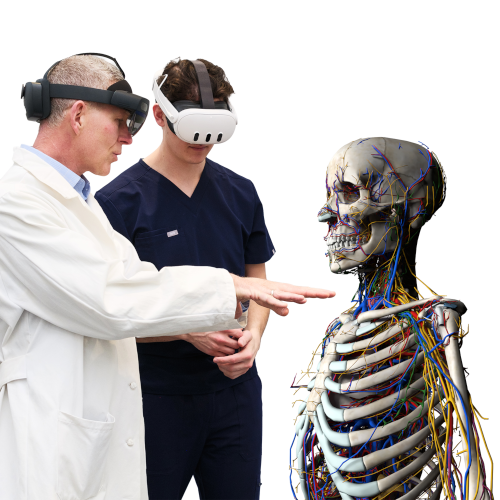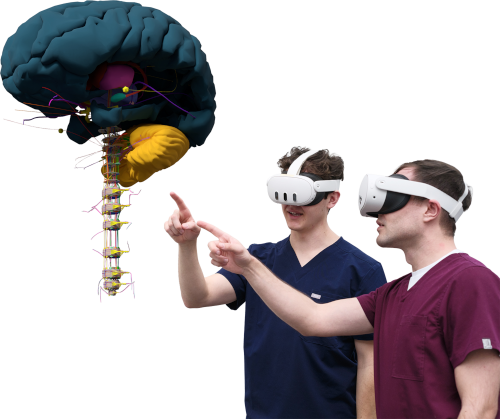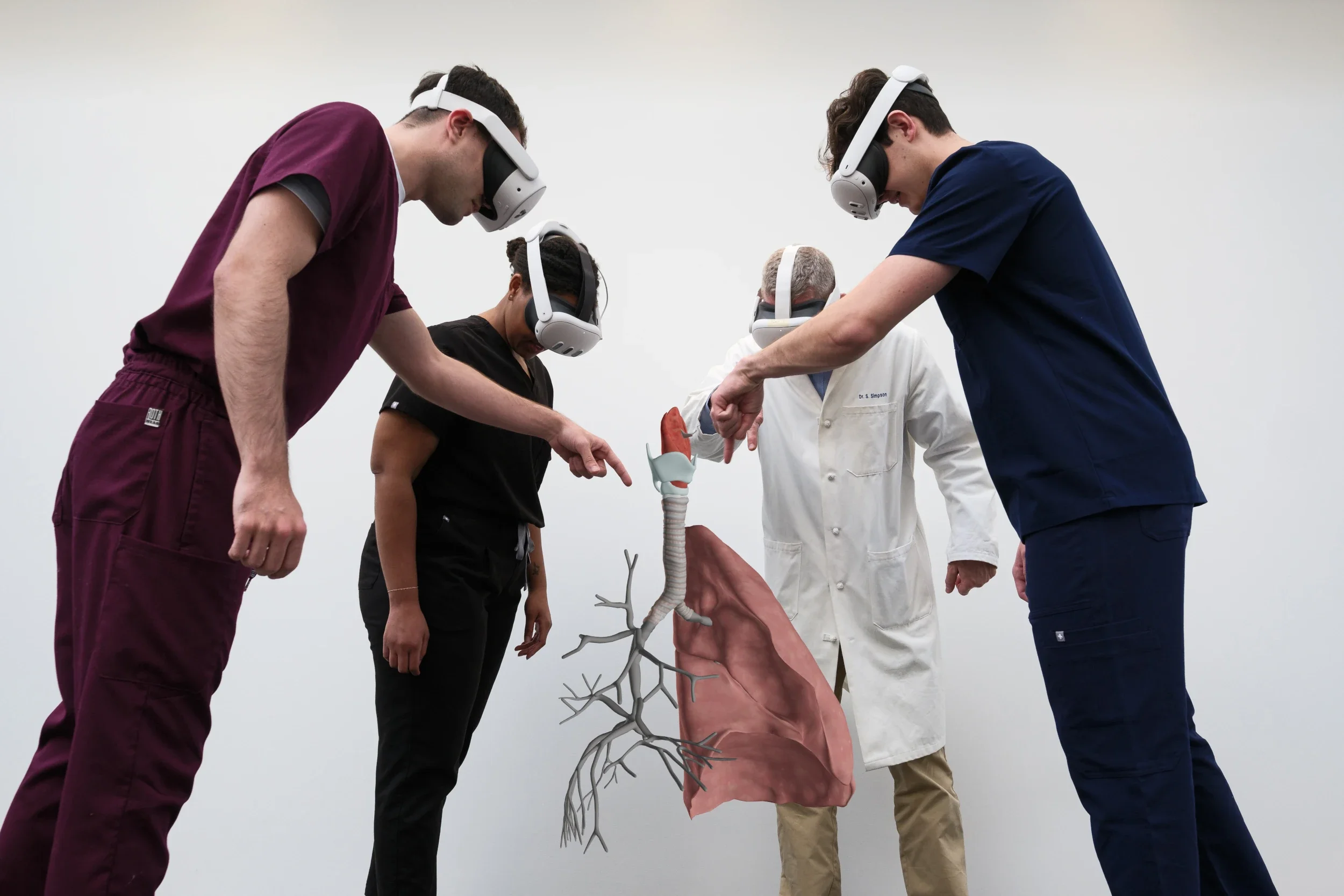.NEXT™
Powering the Future of Immersive Learning™
.NEXT™ is a world-class XR platform designed to transform how people learn complex, spatial subjects. Built on years of research and proven outcomes in anatomy education, it delivers immersive, interactive learning experiences that work seamlessly across XR devices, transforming education and training in medicine, science, and industry.
The .NEXT™ platform was created to solve today’s teaching, training, and learning challenges with cutting-edge spatial technology that integrates 3D and 2D content.
Addressing Today’s Instruction & Learning Challenges
-

Difficulty Visualizing and Retaining Complex 3D Relationships
Learners often struggle to grasp anatomy—or any field with complex spatial structures—through flat images, slides, or cadaver dissection alone. Key details are hidden, obscured, or quickly forgotten.
-
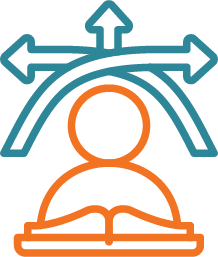
Limited Flexibility in Teaching Tools
Educators and trainers juggle disconnected apps and resources for anatomy, physiology, clinical cases, and custom content. This disrupts lesson flow and limits curriculum integration.
-
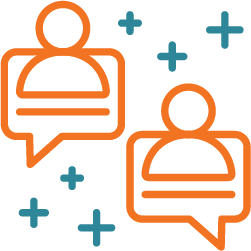
Engagement Gaps and Passive Learning
Traditional teaching can leave learners memorizing rather than engaging, especially in large classes or resource-limited settings.
Through Immersive, Flexible, Collaborative, Learning
-
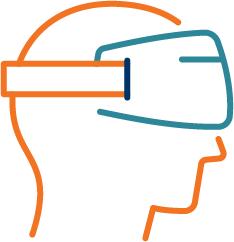
Immersive Understanding of Complex Content
Learners move beyond flat images and text with life-sized, interactive exploration of spatially complex material—whether anatomy, engineering, or any field where 3D relationships matter.
-
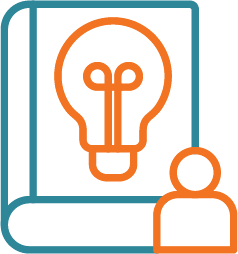
Flexible, Future-Ready Learning
Built for flexibility, .NEXT™ supports multiple XR devices today (Meta Quest 3, Microsoft HoloLens) and is designed to evolve with new technologies. Educators can also bring their own 3D and 2D content into the platform, creating customized lessons and labs that align with evolving curricula.
-

Collaborative and Engaging Experiences
Real-time, multi-user sessions allow learners and instructors to work together in the same immersive environment, driving engagement, improving retention, and sparking deeper discussion.
Powered by Three Core Components
-
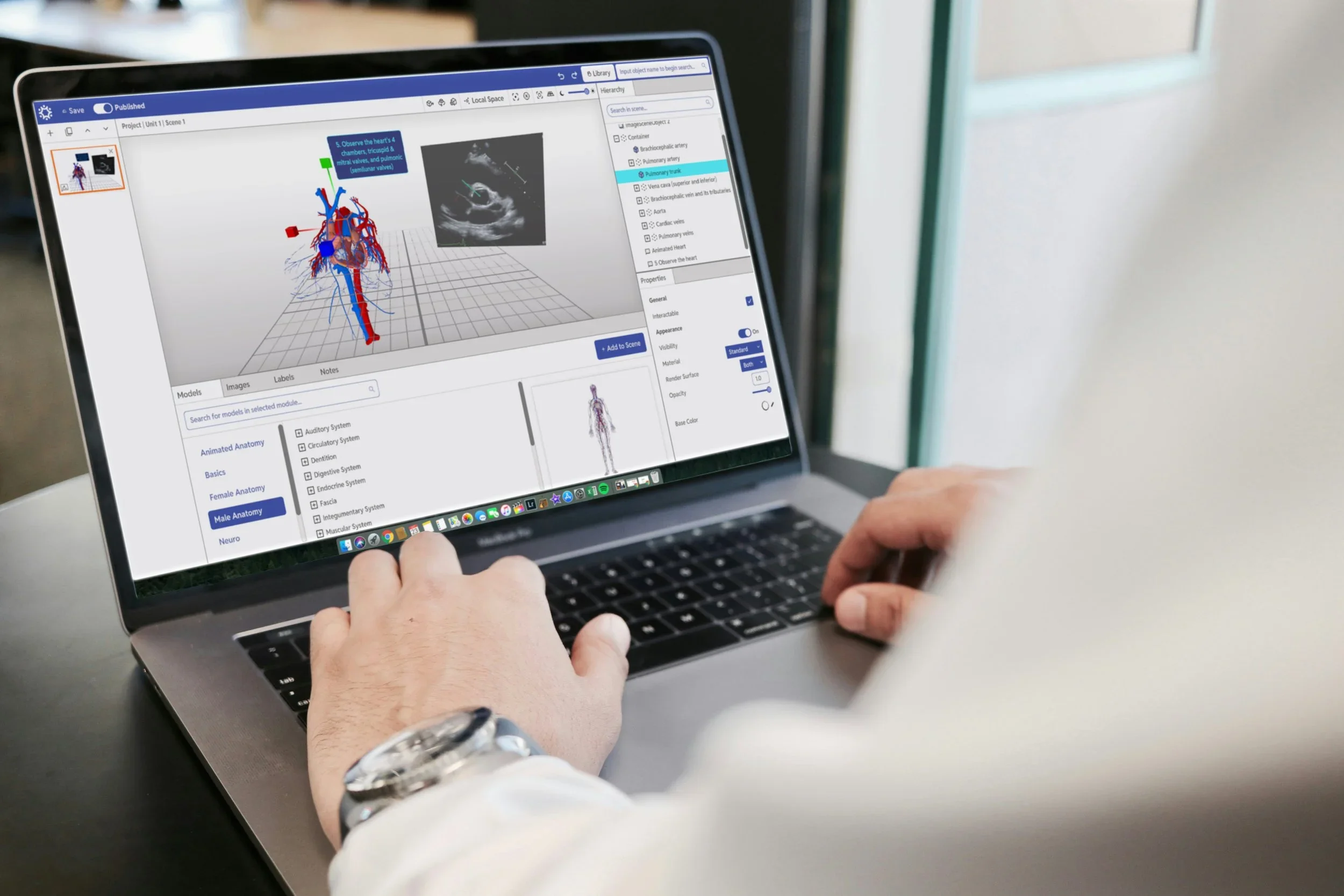
Hub
A Windows PC application for instructors to manage sessions, customize lessons, and seamlessly integrate their own 3D models, 2D images, or multimedia content with the platform’s libraries aligned with their existing curriculum or training.
-
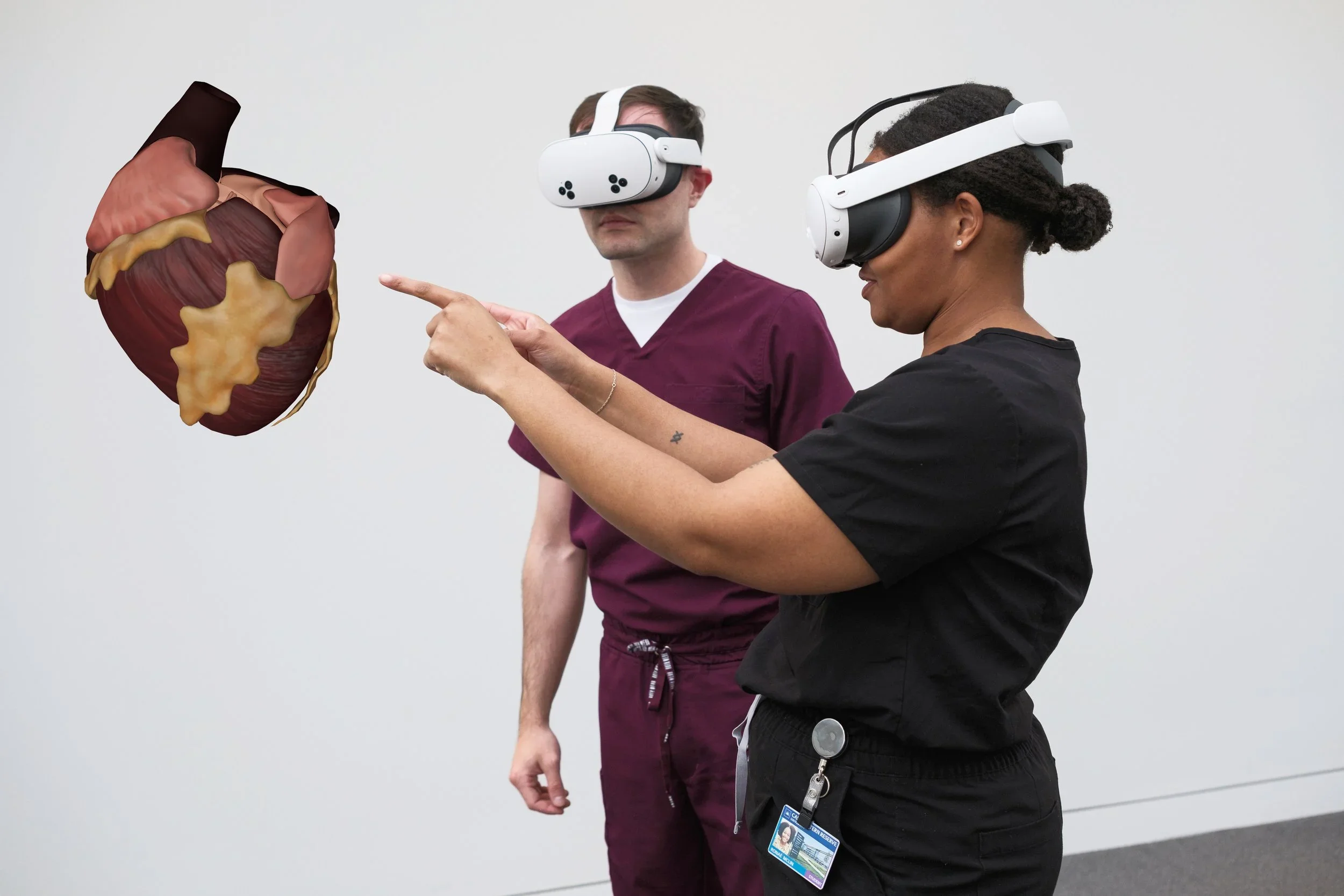
XR Viewer
Running on Meta Quest 3 and Microsoft HoloLens, it delivers life-sized mixed reality exploration, dynamic interaction, and real-time collaboration. Learners explore models at human scale, interact dynamically with structures, and collaborate with peers in shared immersive spaces.
-

3D Library
At the core of .NEXT™ is a validated library of expert-crafted anatomical models. Beyond anatomy, the platform can load any 3D content—medical, scientific, or industrial—so institutions can blend our library with their own models for fully customized training.
Empowering the Future of Learning
.NEXT™ is built for anyone responsible for teaching or helping others learn complex, spatial material
-

Educators
in medicine, allied health, engineering, or science
-
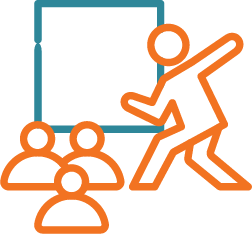
Trainers
in healthcare and industry
-
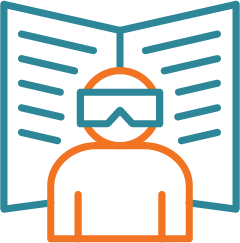
Learners
who can benefit from exploring and interacting in 3D
Powering Immersive Learning Today
-
Anatomy Learning Reinvented
Today, .NEXT™ powers HoloAnatomy® .NEXT™ and HoloAnatomy® Neuro .NEXT™, trusted by leading institutions worldwide and recognized for advancing immersive anatomy education. Together, they showcase the platform’s ability to deliver rigorous, interactive, and pedagogically sound immersive learning.
-
Explore .NEXT™ for Your Own Use Case
.NEXT™ isn’t just a platform. It’s a foundation for immersive teaching and learning across disciplines. AlensiaXR partners with institutions and educators to shape unique applications of the platform.
Ready to elevate your learning?
.NEXT™ is redefining how learners move beyond tradition into immersive, interactive education for the future. Work with AlensiaXR to explore how .NEXT™ can transform your curriculum, training, or learning environment.
-
.NEXT™ is an immersive learning platform designed to make complex, 3D subjects easier to teach and understand. Unlike single-purpose XR apps, .NEXT™ is a flexible platform: it allows educators and trainers to load their own 2D and 3D content, or leverage a world-class 3D anatomy library. With the Hub for instructors and the XR Viewer for learners, .NEXT™ provides a complete ecosystem for creating, managing, and delivering immersive learning.
-
.NEXT™ can help improve comprehension, retention, and engagement by enabling learners to interact with life-sized, spatially accurate 3D models in mixed reality. Instructors can align immersive sessions directly with their curriculum, integrate their own content, and create collaborative, hands-on learning experiences. Whether your goal is to strengthen conceptual understanding, connect theory to practice, or boost learner engagement, .NEXT™ provides the tools to make learning more effective and memorable.
-
.NEXT™ supports both Microsoft HoloLens and Meta Quest 3, with the platform designed to evolve alongside future XR devices. Instructors manage sessions through the Hub on PC, while learners access the immersive content through the XR Viewer on supported headsets. This cross-device compatibility ensures that institutions can adopt and scale immersive learning without being locked into a single device ecosystem.

